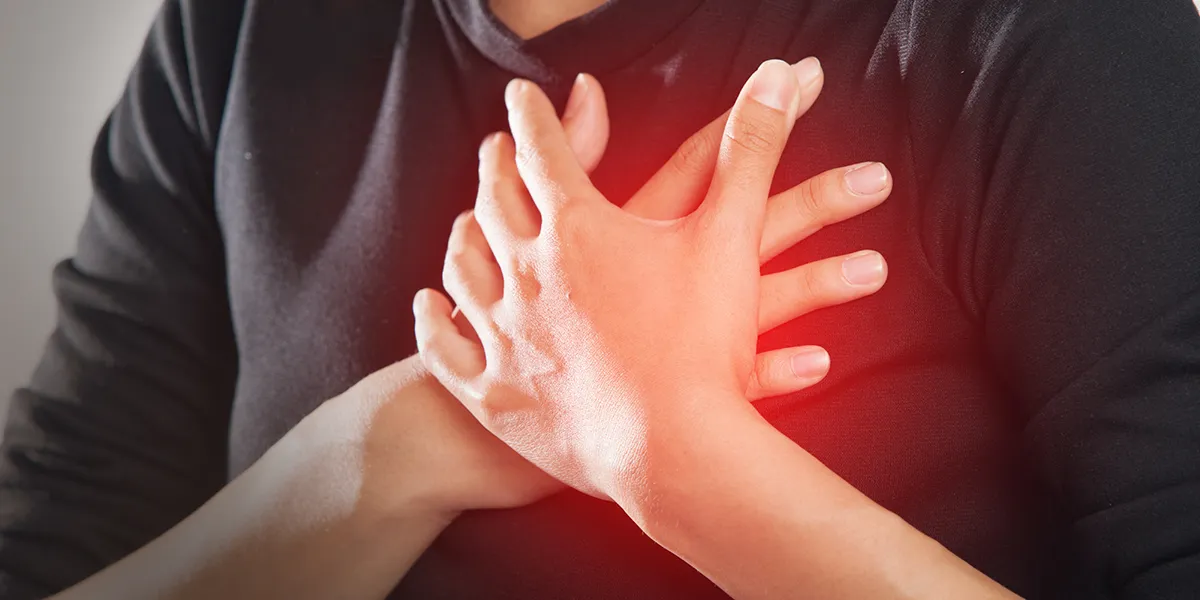Cardiac arrest, a sudden and life-threatening medical emergency, continues to be a leading cause of death globally. While often confused with a heart attack, cardiac arrest is distinct – it occurs when the heart suddenly stops beating, halting blood flow to vital organs. Immediate intervention is crucial, and understanding the symptoms, risk factors, and response mechanisms is essential for the well-being of individuals.
READ:The Bittersweet Truth: How Excessive Sugar Consumption Affects Health
Understanding Cardiac Arrest: Cardiac arrest results from electrical malfunctions in the heart that cause irregular heartbeats (arrhythmias). This abrupt disruption prevents the heart from pumping blood effectively, leading to a cessation of vital bodily functions. Unlike a heart attack, which involves a blocked blood vessel, cardiac arrest requires immediate attention and cardiopulmonary resuscitation (CPR).
Common Symptoms and Risk Factors:
- Sudden Loss of Consciousness: Individuals experiencing cardiac arrest often lose consciousness without warning.
- No Pulse or Breathing: The absence of a pulse and cessation of normal breathing are indicative of cardiac arrest.
- Chest Discomfort: Some individuals may experience chest pain or discomfort before collapsing.
- Risk Factors: While cardiac arrest can occur without warning, certain factors increase susceptibility, including a history of heart disease, family history, smoking, obesity, high blood pressure, and diabetes.
READ:Advancements in Child Health: Promising Developments and Ongoing Challenges
The Importance of Immediate Response: Survival rates dramatically decrease with each passing minute during cardiac arrest. Immediate action is paramount, and bystanders can play a crucial role in saving lives. Here are key steps to follow:
- Call Emergency Services: Dial emergency services immediately to request professional medical assistance.
- Perform CPR: If trained, initiate CPR by providing chest compressions at a rate of 100-120 compressions per minute. Push hard and fast on the center of the chest.
- Use Automated External Defibrillator (AED): If available, use an AED if the person is unresponsive and not breathing. Follow the device’s instructions for administering shocks.
Promoting Public Awareness: Raising awareness about cardiac arrest symptoms and the importance of quick response is vital for community health. Initiatives such as CPR training programs, first aid awareness campaigns, and the placement of AEDs in public spaces contribute to preparedness and timely intervention.
READ:Empowering Health and Hope: Strategies for Cancer Prevention
Cardiac arrest remains a silent threat that can affect anyone, regardless of age or fitness level. Recognizing symptoms, understanding risk factors, and promoting a proactive response within communities can significantly improve survival rates. Public education, accessible emergency services, and widespread CPR training are pivotal elements in the fight against cardiac arrest, emphasizing the collective responsibility to save lives.




